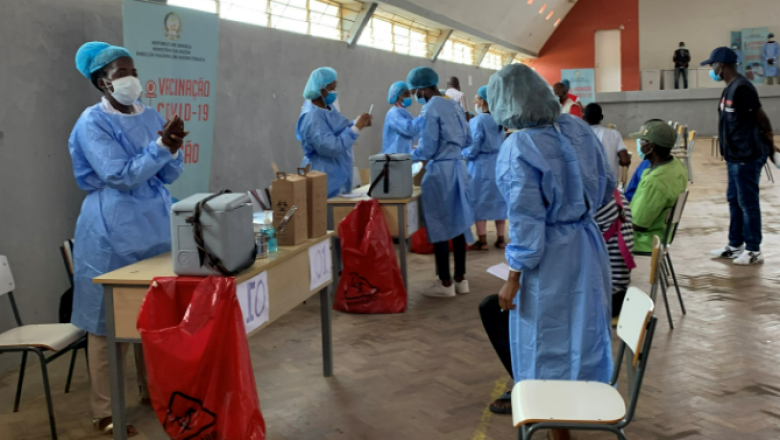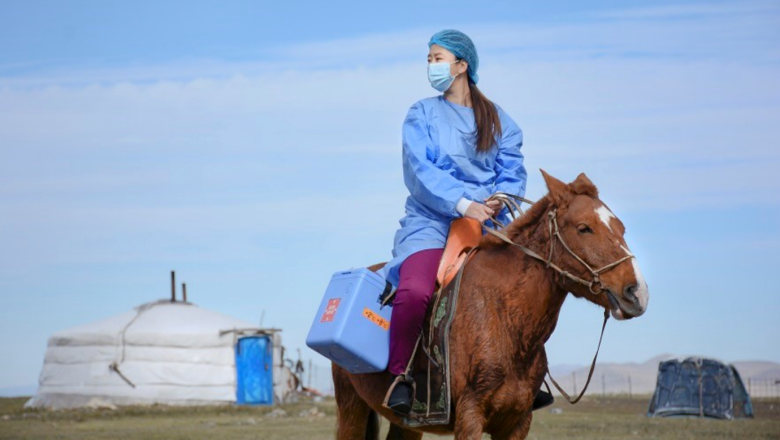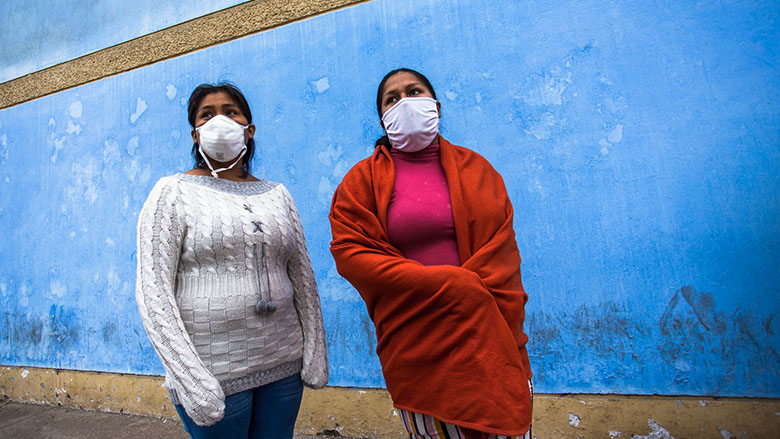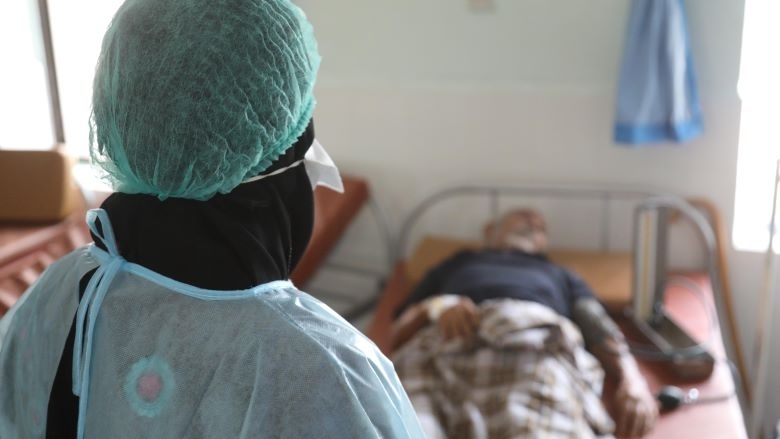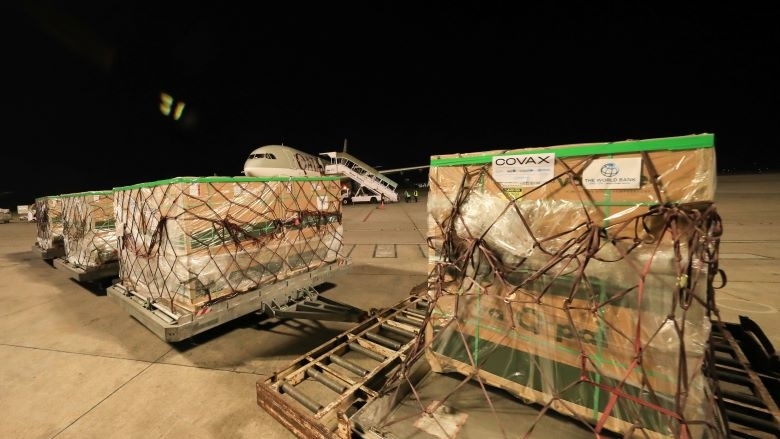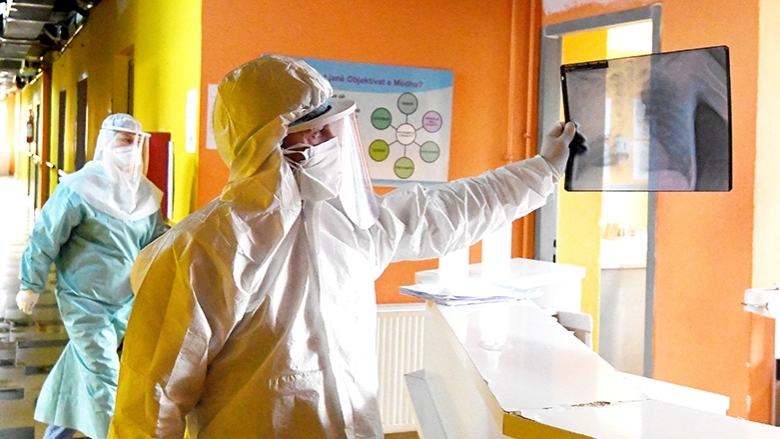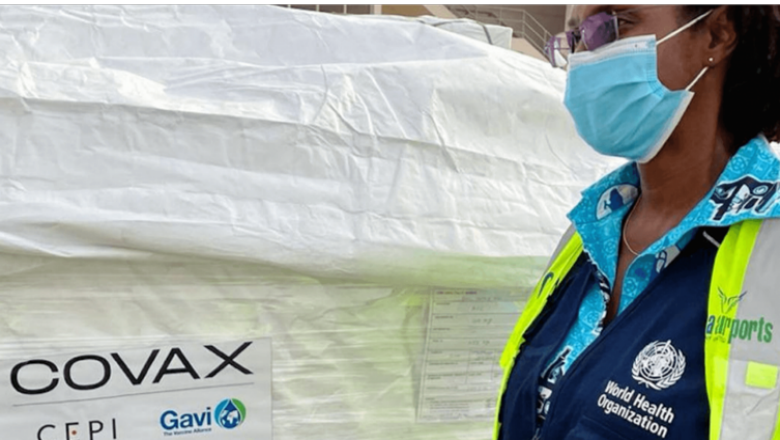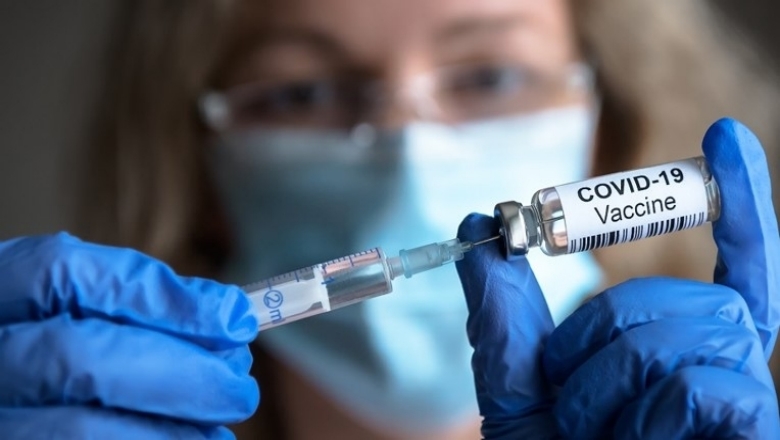The World Bank has approved operations to support vaccine rollout in 78 countries amounting to US$10.1 billion, distributed as follows: IBRD $4.94 billion, IDA $4.91 billion, other funds $.24 billion (includes cofinancing from trust funds, special financing, and global facility financing). For a complete list of projects by country or region please visit our Projects and Operarions website.
COVID-19 Vaccines Impact
Africa: Angola turned the COVID-19 challenge into a development opportunity, by embarking on a digital transformation that positions the individual at the center of the value chain. Read more
East Asia and the Pacific: Strong partnerships and flexible financing approaches have helped countries ramp up their vaccination programs while investing in health, education, and social protection to ensure a more resilient future. Read more
Europe and Central Asia: Vaccination, jobs, and social assistance are all key to reducing poverty in Central Asia. As the pace of economic recovery picks up, countries have an opportunity to return to pre-pandemic levels of poverty reduction – if they put in place the right policies. Read more
Latin America and the Caribbean: Costa Rica's vaccination plan, one of the region's most successful, is now focusing on increasing coverage among children aged 5-11 years old, and administering third and fourth doses to boost immunity among the eligible population. Read more
Middle East and North Africa: Support for COVID-19 vaccination rollout in Yemen is also strengthening the Yemeni health system’s capacity to respond to the pandemic. Read more
South Asia: World Bank-financed Moderna vaccines have arrived in Nepal to be administered to protect children and youth from COVID-19, through immunization sites set up in schools, as well as sites to reach out-of-school adolescent populations. Read more
More COVID-19 results stories
More COVID-19 feature stories
